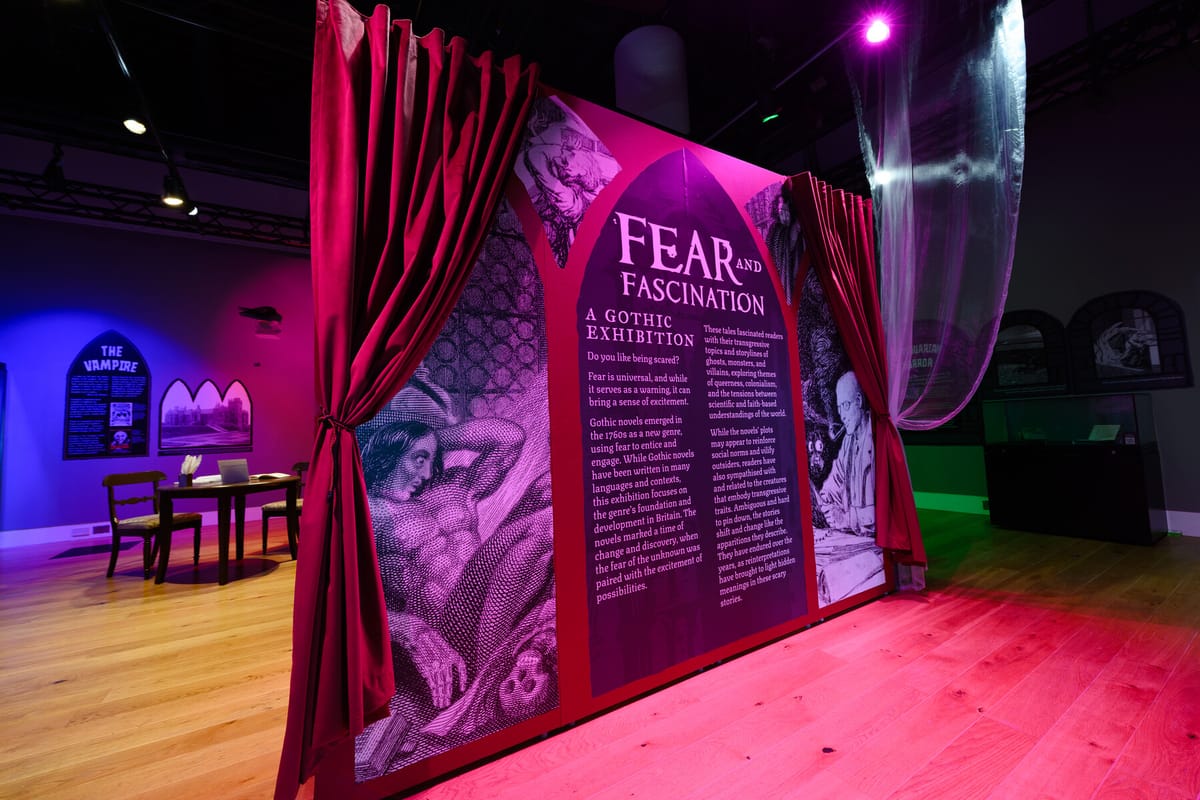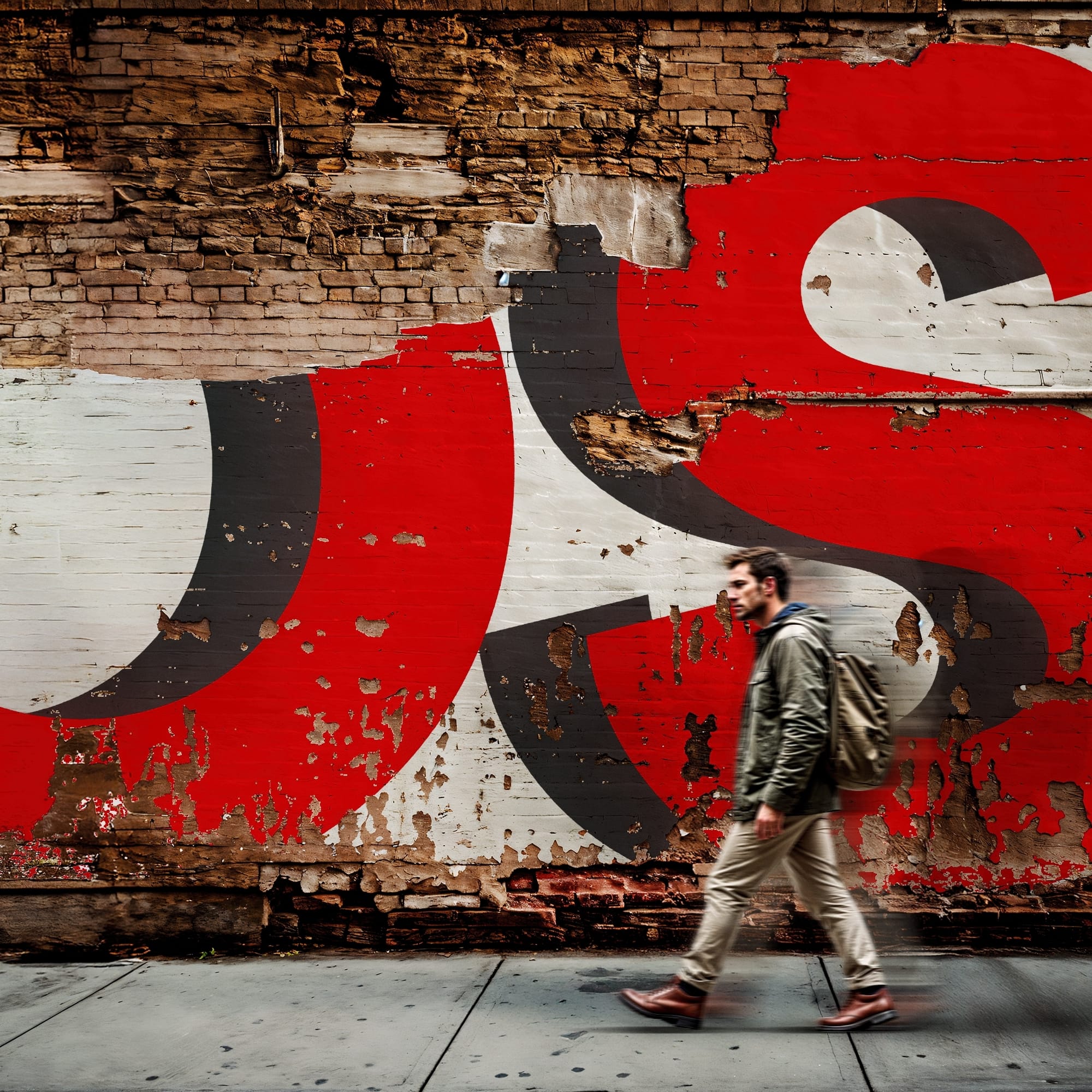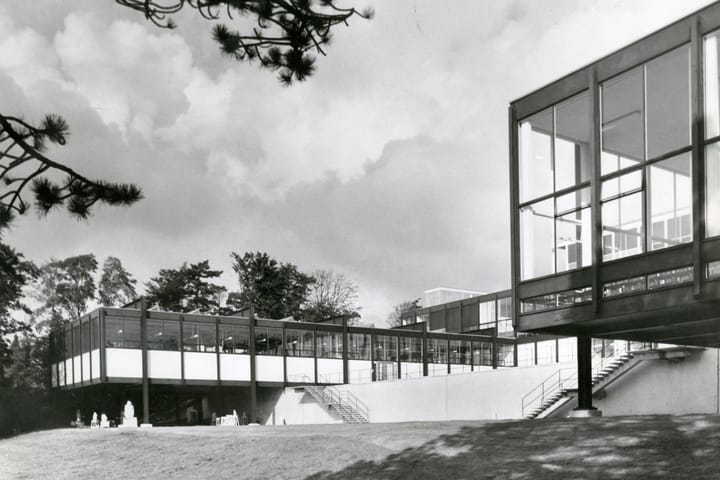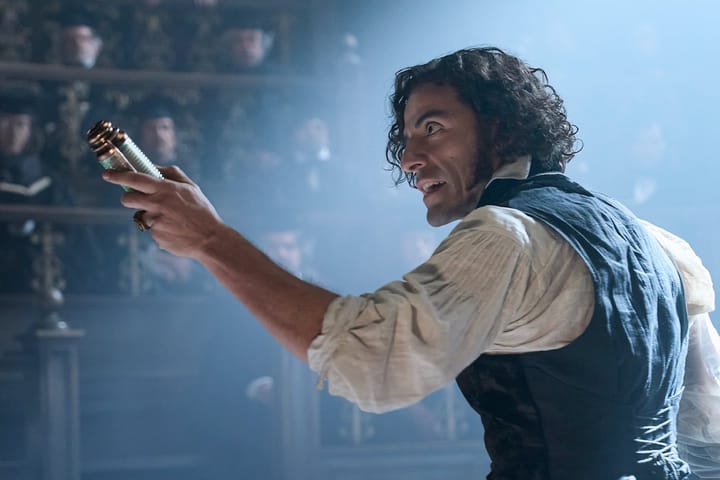Over 4,000 visitors have experienced an immersive approach to rare literary texts.
The Sir Duncan Rice Library is all glass and light, the kind of contemporary building that feels the opposite of Gothic gloom. Which makes it a surprisingly effective setting for an exhibition about terror and darkness. Since May, Fear and Fascination: A Gothic Exhibition has been creating deliberately shadowy spaces inside this modern facility, drawing over 4,000 visitors into its atmospheric corners.
Most exhibitions of rare books keep you at a distance. You peer through glass at first editions, read the wall text, and move on. This one works differently. Curator Christina Mackenzie and the University Collections team built environments you can actually inhabit.
Would you like to see your message here? Let's talk.
POST highlights Aberdeen’s creative scene, from theatre and music to visual arts. We focus on showcasing the city’s unique talent and supporting local voices.
Through stories, artist profiles, and event coverage, we’re here to share what makes Aberdeen vibrant. Sign up for free or support us and go ad-free for just £3 a month.
Three spaces, three experiences
The exhibition centres on first editions and early printings from the 18th and 19th centuries: Horace Walpole’s The Castle of Otranto from 1764, Oscar Wilde’s The Picture of Dorian Gray, M. R. James’s ghost stories. These are the foundational texts, but they’re presented through three distinct spaces.
There’s a Victorian-style reading room where you can sit and read, surrounded by the aesthetic of the era when Gothic fiction flourished. A creative space explores why terror and fascination sit so closely together in these stories. And there are sections that unpack the literary devices themselves, the recurring elements that make Gothic fiction work across centuries.
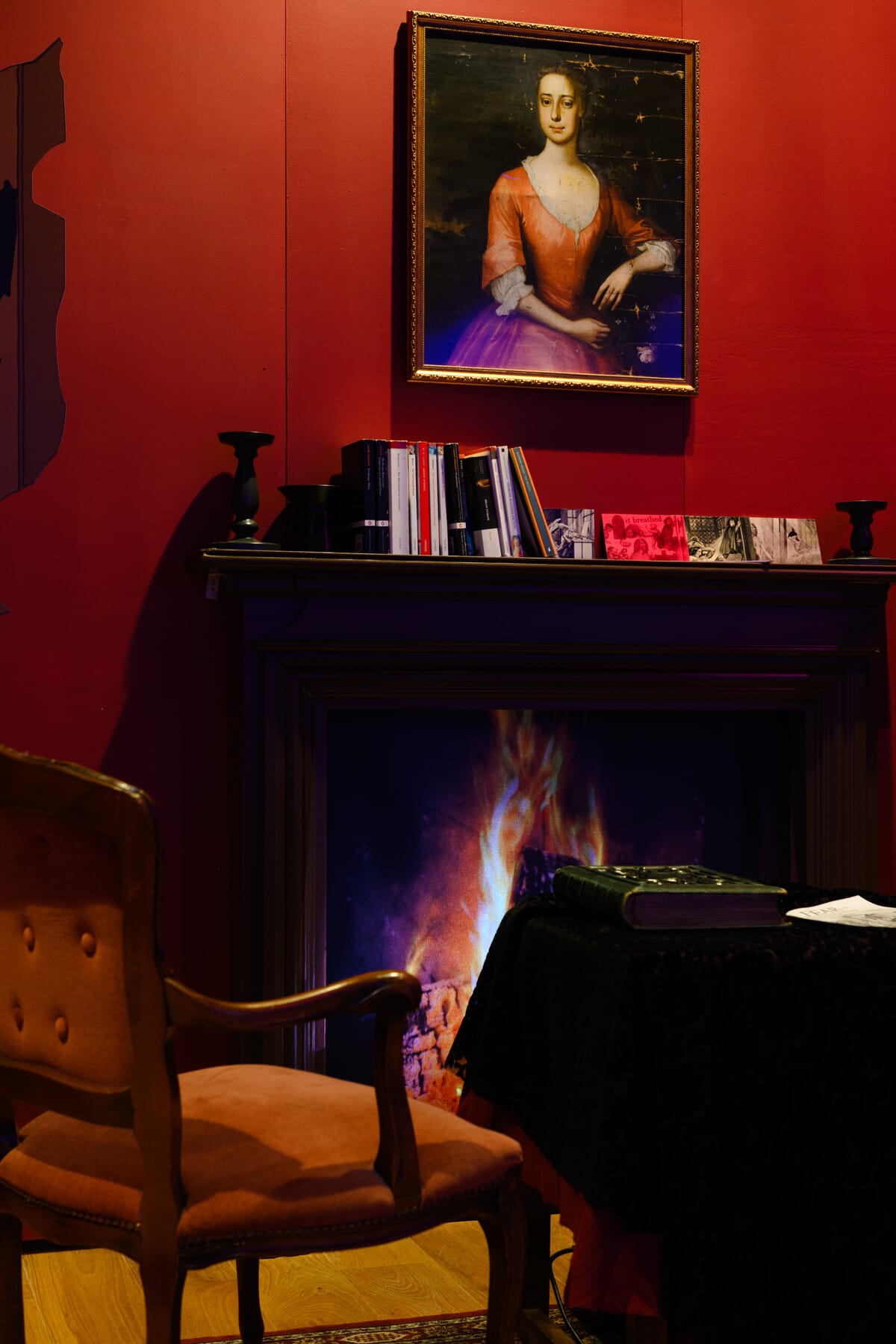
Events that continue the immersion
With October here, University Collections is running a programme of events through to the exhibition’s close on 7 December. Some extend the immersive idea directly: torchlight tours through the exhibition after dark, Halloween storytelling sessions. Others take the interdisciplinary spirit of Gothic literature and run with it.
There are zoology tours examining real creatures that inspired Gothic horror. A workshop based on Dorian Gray. Two talks stand out for bringing together unexpected perspectives: one exploring queer art history through a Gothic lens, another examining the actual science Mary Shelley researched while writing Frankenstein. That last one feels particularly right. Shelley was engaging with cutting-edge science of her time, trying to imagine what might be possible.
“Gothic literature has an enduring appeal, and we’ve really tried to capture both the terror and the fascination it inspires,” Mackenzie says. The 4,000 visitors since May suggest the approach is working. The challenge with immersive exhibitions is making them feel genuine rather than gimmicky, and this one seems to have found its footing.
The exhibition runs until 7 December at the Sir Duncan Rice Library Gallery, open 11am to 7pm Monday to Friday, 1pm to 4pm weekends. Full event details at abdn.ac.uk/collections/whats-on.


